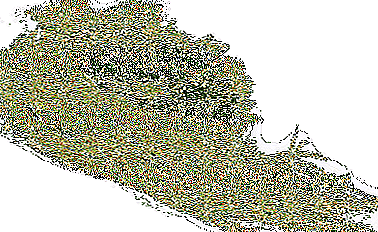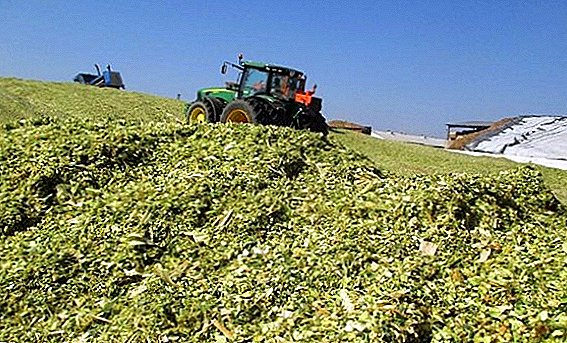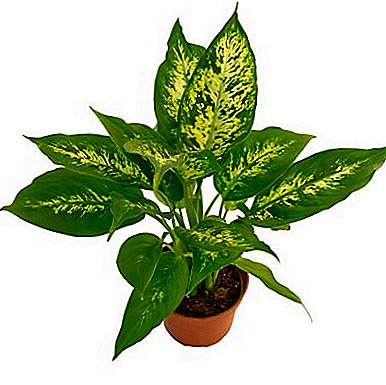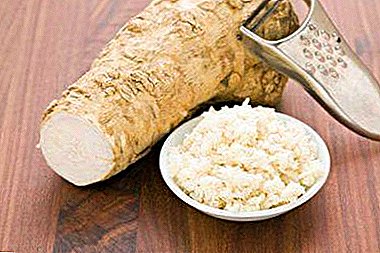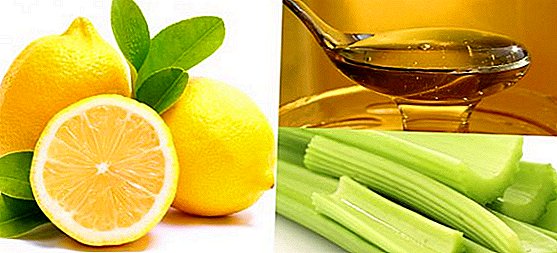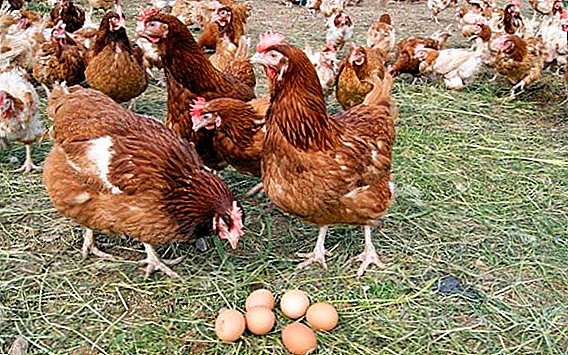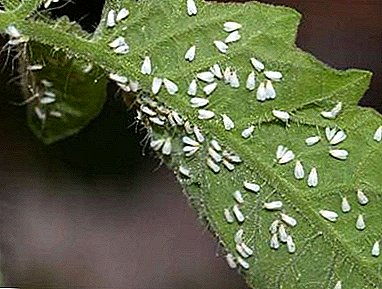
The whitefly or aleurodid is one of the most common greenhouse pests. This is a small flying insect, up to 2 mm in size, resembling white moths. The wings are elastic, covered with a wax coating that protects them from the effects of insecticides. The larvae resemble gray grains.
In vivo, the insect feeds on flowers. Also, the whitefly perfectly feasts on tomatoes and cucumbers in the greenhouse.
What is the danger?
This insect does not feed on the leaves themselves, but on the sap contained inside.. As a result, the plant begins to rapidly lose its vitality, the leaves become discolored, dry out, the stems become brittle. And so on until death. In addition, the whitefly consumes too much liquid, and some of it releases back, covering the leaves with a sticky coating that is favorable for the development of various fungi.
The danger of the whitefly is that it multiplies extremely quickly, and it is difficult to control its population in the greenhouse after infection. And the insect lays its eggs on the inner side of the leaves, where it is difficult to see and remove them.
How to recognize plant damage?
 The defeat of aleurodid plants resembles the influence of aphids. The leaves become sticky, curl here and there, covered with yellowish spots. The very first sign is a flock of small white moths, fluttering fearfully from place to place if you touch the bush. Noticing this, you need to take a closer look at the plants. Signs of whitefly lesion:
The defeat of aleurodid plants resembles the influence of aphids. The leaves become sticky, curl here and there, covered with yellowish spots. The very first sign is a flock of small white moths, fluttering fearfully from place to place if you touch the bush. Noticing this, you need to take a closer look at the plants. Signs of whitefly lesion:
- the plant is stunted, leaves are deformed and wither;
- yellow spots with fuzzy borders appeared on some leaves;
- a sticky, honeyish bloom appeared on the plant;
- black spots were formed - it is a black fungus, a constant companion of honeydew;
- on the underside of the leaves, translucent scales — the larvae of the whitefly — are visible.
If you notice these signs, then the future harvest in the greenhouse is in grave danger.
Causes of
Whitefly can be expected to appear in warm summer with frequent precipitations.. The fact is that this insect loves a combination of high temperature and high humidity, greenhouses become a favorite habitat for the whitefly. Particularly comfortable for them are those in which normal ventilation is not done, and the plants are planted too closely. Fight the emergence of aleurodid can and in advance. For this you need:
- plant plants at a sufficient distance from each other;
- more often to air the greenhouse;
- refuse spraying in wet weather;
- improve plant health through fertilizers and biostimulants (Epin, Domotsvet, Obereg).
How to deal with greenhouse pest?
You can fight this insect using both folk remedies and chemical preparations. In addition, traps, sticks, sprays, fumigators and others have been developed to combat aleurodide. Insecticides will poison not the insect itself, but the sap of the plant. Having drunk it, the adults and larvae will die - but the eggs will remain. therefore poison treatment should be repeated several times.
Folk remedies, in contrast, have a contact effect: they fall on the body of the whitefly and poison it.
On the leaves they will have dark and black spots, gradually merging into one. It is no longer curable, to stop the infection, the diseased plants need to be burned.
Greenhouse treatment
Freezing
 As known, already at + 10 degrees the whitefly - a lover of warmth - dies. But the larvae easily tolerate frost, hiding in the ground. That is why for the winter period it is recommended to partially disassemble the greenhouse by running cold into it. And remove the top layer of soil and thoroughly dig.
As known, already at + 10 degrees the whitefly - a lover of warmth - dies. But the larvae easily tolerate frost, hiding in the ground. That is why for the winter period it is recommended to partially disassemble the greenhouse by running cold into it. And remove the top layer of soil and thoroughly dig.
When removing a greenhouse in the fall, carefully rinse all its joints by brushing them. Whitefly eggs can also be hidden there.
Smoke
It is considered a more effective method of dealing with whitefly. The greenhouse is fumigated with sulfur smoke bombs, as a result of which all the larvae die.
The method of struggle will not work for greenhouses with a galvanized metal frame - it will deteriorate. Such greenhouses are treated with blue vitriol.
How to get rid of mechanical means?
Mechanical removal
Mechanical, "grandfather's" way to fight whitefly is the most harmless - both for harvest and, unfortunately, for insects.
- For starters, insects are harvested by hand and knocked down with water from a watering hose.
- Eliminating adult moths, you need to process the leaves, washing them from the larvae and honey dew.
- Soap solution is prepared for mechanical removal:
- grated laundry soap - 1 part;
- water (t 60-70 °) - 6 parts.
- The solution is allowed to cool down, after which a cotton wool or a regular household sponge is moistened in it, and they proceed to a painstaking process.
- It is necessary to wash the leaves, paying special attention to the inner side, where eggs and larvae accumulate.
Apply this method is, if the area of the greenhouse is not very large, otherwise the effort expended will not correlate with the result.
Traps
 Pitfalls are a more modern method.. Ready-made bright yellow or blue sticky traps are produced. Such colors are chosen because they seem to be the most attractive to the whitefly, and the pest willingly flies towards its death.
Pitfalls are a more modern method.. Ready-made bright yellow or blue sticky traps are produced. Such colors are chosen because they seem to be the most attractive to the whitefly, and the pest willingly flies towards its death.
Sticking out such bands, it will be possible to estimate the scale of the disaster - whether many whiteflies have already divorced in the greenhouse. If you do not want to buy the finished, make a trap yourself.
For this:
- Prepare petrolatum, rosin, castor oil, paint and sheets of paper.
- Melt the rosin and honey in a water bath, mix thoroughly. Stir in petroleum jelly and castor oil. You need to take an equal amount of all the ingredients.
- Cut the paper into stripes, paint in bright colors.
- Spread the cooled mixture on the base and place throughout the greenhouse.
Also plywood sheets can be used to make traps. So even simpler: when the whitefly sticks a lot, it is washed off, and the plywood is then treated again with a sticky mixture.
Biological methods
The biological method is quite clever: here it is necessary to grow the parasite for the parasite! That is, to pick up such an insect that will eat whiteflies, and at the same time will not be interested in cucumbers and tomatoes.
Ideal for this enkarazii - parasitic insects that destroy other pests. Buy tubes with enkarazii can in a specialty store.
The contents of the tube are poured into paper cups, which are placed in a greenhouse with a distance of 3 meters. The insect's search ability is excellent - it will find the whitefly already from 20 meters! The only thing that important - do not process the greenhouse with any chemicalsotherwise the encarasia will also die.
A predatory bug Macrolofus can also protect against whitefly (it also requires sharing), or a common ladybug. To attract her to the greenhouse, you need to plant there daisies, yarrow or marigolds.
How to destroy insecticide drugs?
It makes sense to turn to this method when everything else has been tried. The use of chemistry in a greenhouse is not very welcome. It must be remembered that from the time of processing must pass at least 30 days before the vegetables can be eaten.
The most effective means of fighting whitefly:
 Aktara - a systemic drug that protects plants for up to 5 weeks. To destroy the whitefly from one time, you need to make the solution 3 times more concentrated than indicated on the bag, and water the plants under the root. If Aktara is bred according to the instructions, it will be necessary to water and spray the plants three times, with an interval of a week.
Aktara - a systemic drug that protects plants for up to 5 weeks. To destroy the whitefly from one time, you need to make the solution 3 times more concentrated than indicated on the bag, and water the plants under the root. If Aktara is bred according to the instructions, it will be necessary to water and spray the plants three times, with an interval of a week.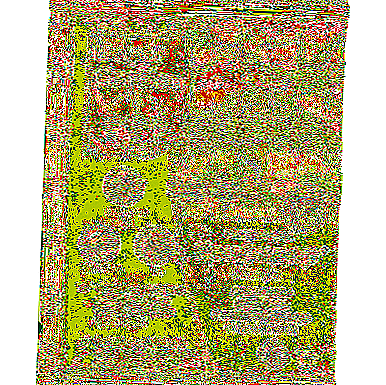 Confidor. Effective, work with the first processing. The whitefly begins to die within an hour and a half. The active ingredient in the preparation is imidacloprid. Accordingly, it can be replaced with other insecticides with the same active ingredient: Applaud, Copfidor, Admir, Gaucho, Provado, Commander, Marathon.
Confidor. Effective, work with the first processing. The whitefly begins to die within an hour and a half. The active ingredient in the preparation is imidacloprid. Accordingly, it can be replaced with other insecticides with the same active ingredient: Applaud, Copfidor, Admir, Gaucho, Provado, Commander, Marathon.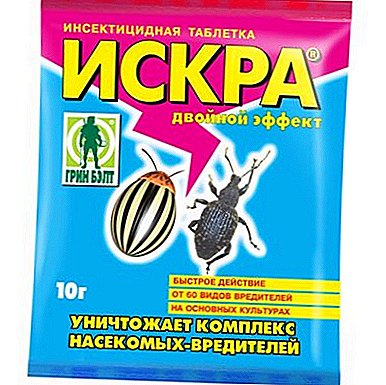 Spark. Available in the form of sticks or soluble tablets. With a solution you need to water the plants - after the first watering the whitefly will die. But the solution itself will remain in the roots and tissues of plants for almost another month. Experienced gardeners note the effectiveness of this drug.
Spark. Available in the form of sticks or soluble tablets. With a solution you need to water the plants - after the first watering the whitefly will die. But the solution itself will remain in the roots and tissues of plants for almost another month. Experienced gardeners note the effectiveness of this drug.
Alternative fight options
Watering plants from whitefly can be not only insecticides, but also sparing folk solutions. For example - garlic or sugar solution, dandelion tincture, tobacco.
The most effective in this line is considered infusion of yarrow.
To make a millennium infusion you need:
- Take dried yarrow (at the rate of 80 g of leaves per 1 liter of water).
- Insist for two days and spray the leaves, or wipe them manually.
The tansy bushes planted in the corners of the greenhouse will also help scare the whitefly.
Learn about the various means to fight whitefly here, but here we told you how to deal with whitefly on indoor flowers.
Prevention
Preventive measures to eliminate the risk of re-occurrence of the whitefly:
- After harvesting, it is necessary to remove and burn the entire tops.
- In order for the pest not to start again, carry out a full digging of the earth in the entire greenhouse before winter.
- If there is a composter in a greenhouse, it must be taken out, as this is a favorable environment not only for aleurodides, but also for many other harmful insects.
- Before planting, the soil should be watered with a solution of copper sulphate.
The fight against the whitefly requires patience and consistency, but this small white mole is not a verdict to the harvest.


 Aktara - a systemic drug that protects plants for up to 5 weeks. To destroy the whitefly from one time, you need to make the solution 3 times more concentrated than indicated on the bag, and water the plants under the root. If Aktara is bred according to the instructions, it will be necessary to water and spray the plants three times, with an interval of a week.
Aktara - a systemic drug that protects plants for up to 5 weeks. To destroy the whitefly from one time, you need to make the solution 3 times more concentrated than indicated on the bag, and water the plants under the root. If Aktara is bred according to the instructions, it will be necessary to water and spray the plants three times, with an interval of a week. Confidor. Effective, work with the first processing. The whitefly begins to die within an hour and a half. The active ingredient in the preparation is imidacloprid. Accordingly, it can be replaced with other insecticides with the same active ingredient: Applaud, Copfidor, Admir, Gaucho, Provado, Commander, Marathon.
Confidor. Effective, work with the first processing. The whitefly begins to die within an hour and a half. The active ingredient in the preparation is imidacloprid. Accordingly, it can be replaced with other insecticides with the same active ingredient: Applaud, Copfidor, Admir, Gaucho, Provado, Commander, Marathon. Spark. Available in the form of sticks or soluble tablets. With a solution you need to water the plants - after the first watering the whitefly will die. But the solution itself will remain in the roots and tissues of plants for almost another month. Experienced gardeners note the effectiveness of this drug.
Spark. Available in the form of sticks or soluble tablets. With a solution you need to water the plants - after the first watering the whitefly will die. But the solution itself will remain in the roots and tissues of plants for almost another month. Experienced gardeners note the effectiveness of this drug.

